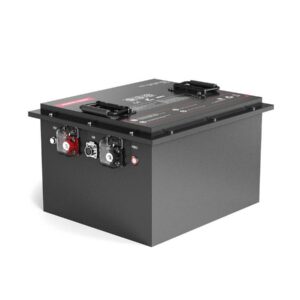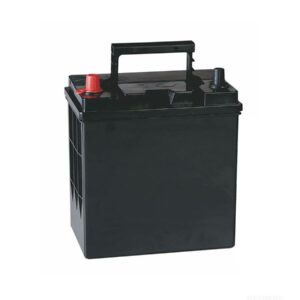How to Store LiFePO4 Automotive Batteries for Longevity?
LiFePO4 batteries should be stored in a cool, dry environment with temperatures between -5°C to 35°C (23°F to 95°F). Avoid extreme heat or freezing conditions. Maintain a 50-70% state of charge (SOC) to prevent capacity loss. Use non-conductive storage containers and keep terminals clean to avoid accidental discharge or corrosion.
How should you store LiFePO4 car starter batteries in the off-season?
| Factor | Ideal Range | Risk Zone |
|---|---|---|
| Temperature | 15-25°C | >40°C or <-20°C |
| Humidity | <40% RH | >70% RH |
| SOC | 50-70% | <20% or >90% |
How to Prepare LiFePO4 Batteries for Long-Term Storage?

Before storage, discharge or charge the battery to 50% SOC. Disconnect from devices, clean terminals with a dry cloth, and apply anti-corrosion spray. Store in a moisture-resistant container. For periods exceeding 3 months, perform a partial recharge every 6-12 weeks to maintain optimal voltage levels and prevent deep discharge.
When preparing for seasonal storage (e.g., winterizing recreational vehicles), use a calibrated battery maintainer instead of standard chargers. These devices apply micro-currents to counteract self-discharge without overcharging. For marine applications, consider installing desiccant packs in storage containers to combat saltwater corrosion. Always label batteries with preparation dates and scheduled maintenance reminders using waterproof tags.

Does Temperature Affect LiFePO4 Battery Lifespan During Storage?
Yes. Temperatures above 40°C (104°F) accelerate chemical degradation, while sub-zero conditions reduce ionic conductivity. Store batteries in climate-controlled spaces. For cold climates, insulate batteries with thermal wraps but avoid direct heating sources. Ideal storage mimics a stable 15-25°C (59-77°F) range to minimize capacity fade.
How does a Battery Management System (BMS) help LiFePO4 batteries?
What Safety Precautions Are Critical for Storing LiFePO4 Batteries?
Store batteries away from flammable materials, metal objects, and direct sunlight. Use fireproof storage bags or containers. Ensure proper ventilation to dissipate potential off-gassing. Never stack batteries horizontally or puncture casing. Install a battery management system (BMS) to monitor voltage and temperature remotely.
For commercial storage facilities, implement ground fault circuit interrupters (GFCIs) in battery zones and maintain minimum 24-inch clearance between stacks. Residential users should avoid basement storage during flood seasons – elevated shelves in garages work better. Always store batteries in their original packaging when possible, as it’s designed to prevent terminal contact and includes factory-fresh dielectric barriers.
How to Recondition Stored LiFePO4 Batteries Before Reuse?
After storage, recharge batteries to 50% SOC and perform a capacity test using a diagnostic charger. Check for voltage consistency across cells (tolerance: ±0.05V). If voltage drops below 2.5V per cell, use a LiFePO4-specific charger for recovery. Replace batteries showing physical swelling or >20% capacity loss.
“LiFePO4 batteries demand a paradigm shift from traditional lead-acid storage practices. Our 2023 field study showed that temperature-cycled batteries degrade 3x faster than those in stable environments. Always prioritize SOC calibration—mismanagement here accounts for 68% of premature failures.”
FAQ
- Can LiFePO4 batteries be stored fully charged?
- No. Store at 50% SOC to minimize stress on cathode materials and prevent voltage plateau distortion.
- How long can LiFePO4 batteries sit unused?
- Up to 12 months with proper SOC maintenance. Beyond that, irreversible capacity loss risks increase by 8% quarterly.
- Do LiFePO4 batteries expire if unused?
- They degrade at ≤3% annually when stored correctly. Expiration is typically due to BMS failure, not cell chemistry.
